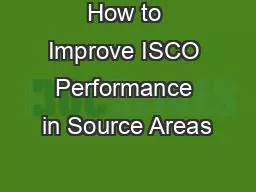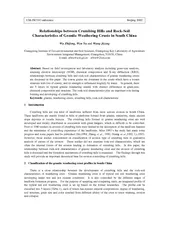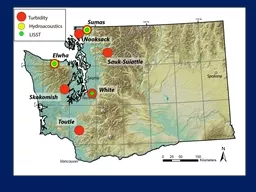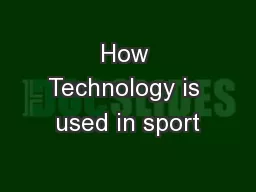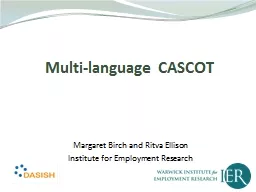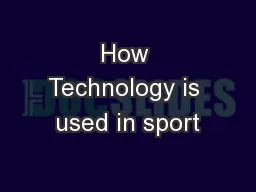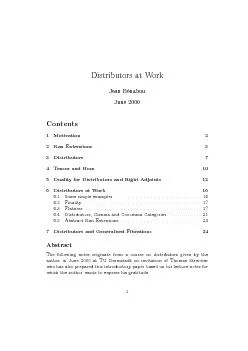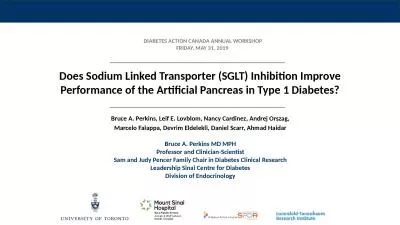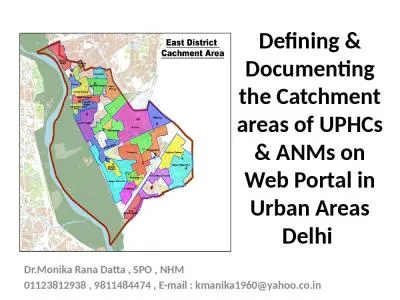PPT-How to Improve ISCO Performance in Source Areas
Author : thegagn | Published Date : 2020-08-03
Patrick Hicks PhD Technical Sales Manager SE PeroxyChem BEPA NEPA Environmental Professionals Conference Birmingham AL April 4 2018 Presentation Overview ISCO Fundamentals
Presentation Embed Code
Download Presentation
Download Presentation The PPT/PDF document "How to Improve ISCO Performance in Sourc..." is the property of its rightful owner. Permission is granted to download and print the materials on this website for personal, non-commercial use only, and to display it on your personal computer provided you do not modify the materials and that you retain all copyright notices contained in the materials. By downloading content from our website, you accept the terms of this agreement.
How to Improve ISCO Performance in Source Areas: Transcript
Download Rules Of Document
"How to Improve ISCO Performance in Source Areas"The content belongs to its owner. You may download and print it for personal use, without modification, and keep all copyright notices. By downloading, you agree to these terms.
Related Documents

